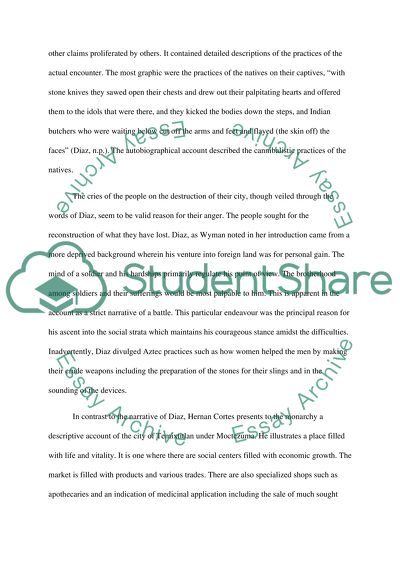Cite this document
(“Compare and Contrast the Spaniards' Attitudes toward the Native Essay”, n.d.)
Compare and Contrast the Spaniards' Attitudes toward the Native Essay. Retrieved from https://studentshare.org/history/1432821-compare-and-contrast-the-spaniards-attitudes
Compare and Contrast the Spaniards' Attitudes toward the Native Essay. Retrieved from https://studentshare.org/history/1432821-compare-and-contrast-the-spaniards-attitudes
(Compare and Contrast the Spaniards' Attitudes Toward the Native Essay)
Compare and Contrast the Spaniards' Attitudes Toward the Native Essay. https://studentshare.org/history/1432821-compare-and-contrast-the-spaniards-attitudes.
Compare and Contrast the Spaniards' Attitudes Toward the Native Essay. https://studentshare.org/history/1432821-compare-and-contrast-the-spaniards-attitudes.
“Compare and Contrast the Spaniards' Attitudes Toward the Native Essay”, n.d. https://studentshare.org/history/1432821-compare-and-contrast-the-spaniards-attitudes.


